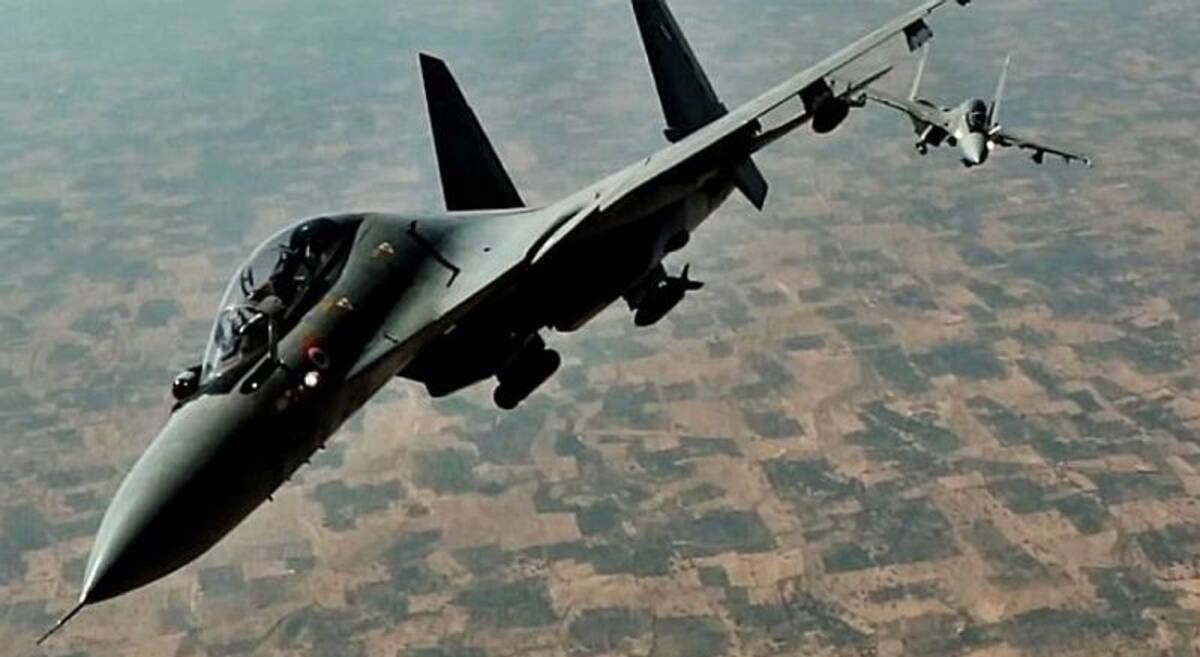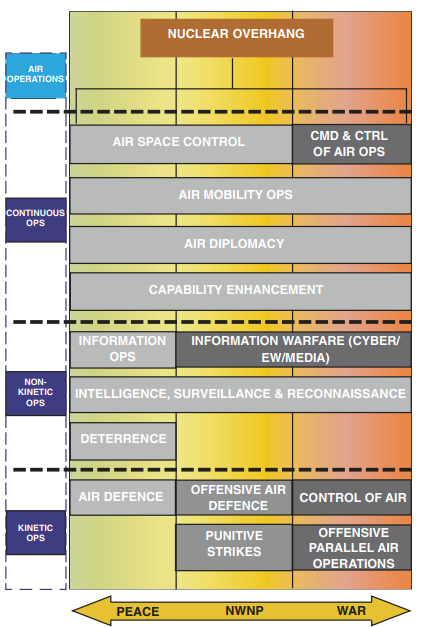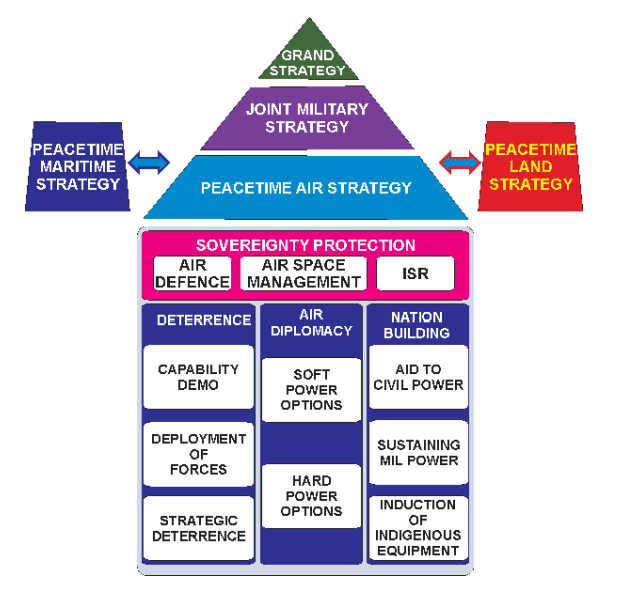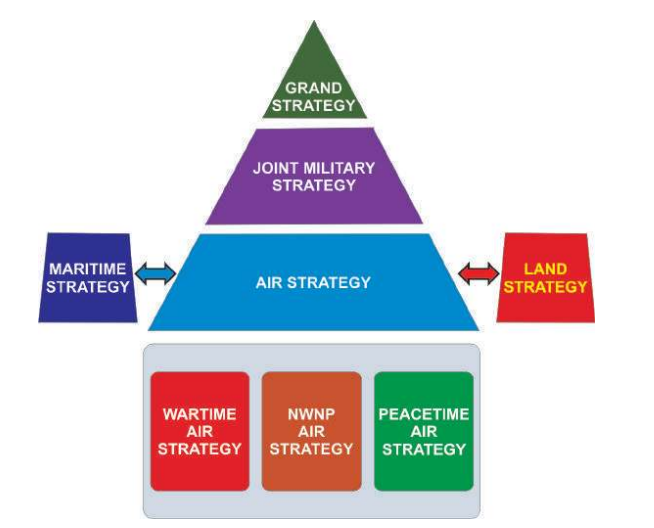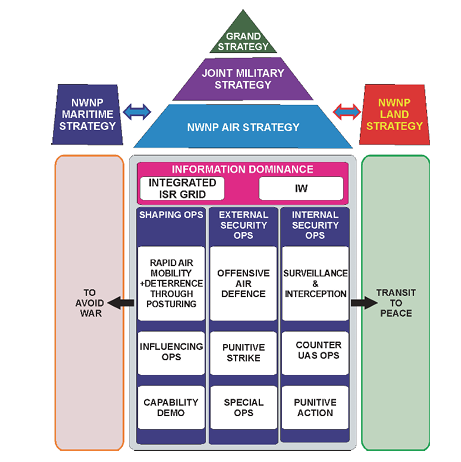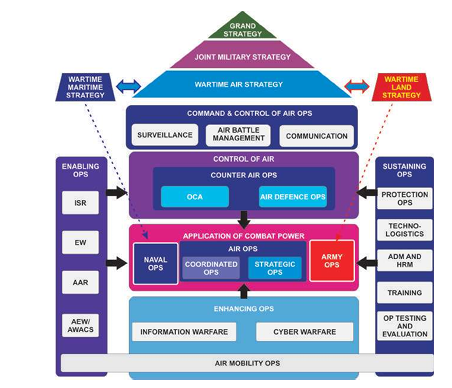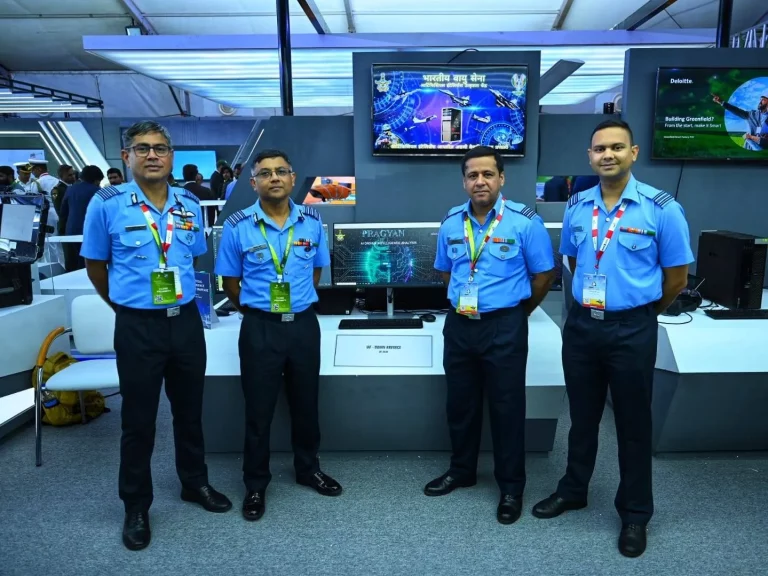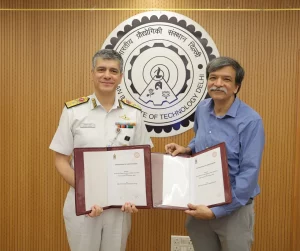The Indian Air Force (IAF) is a formidable force dedicated to the defense of India’s airspace, ensuring the country’s sovereignty and security. As the nation’s first line of defense against aerial threats, the IAF has developed a comprehensive strategy to protect the skies from potential enemies, leveraging its advanced technology, strategic planning, and well-trained personnel. This article delves into How the Indian Air Force Protects the Sky from Enemies.
Peacetime Air Defense
During peacetime, the IAF is tasked with the crucial role of safeguarding India’s airspace round the clock. This involves continuous monitoring and management of the airspace through a network of sensors, radars, and control systems spread across the country. The IAF’s Air Defense Identification Zones (ADIZ) act as an early warning mechanism, detecting and identifying any unauthorized aircraft entering Indian airspace. Combat aircraft are kept on high alert at Operational Readiness Platforms (ORP), ready to respond within minutes to any potential threat.
The IAF’s air defense network is bolstered by advanced Surface-to-Air Guided Weapons (SAGW) systems, which are strategically deployed to protect key locations. These systems, coupled with a robust communication infrastructure, ensure that any aerial threat is swiftly neutralized. The IAF’s peacetime strategy also includes regular exercises and drills that simulate various threat scenarios, keeping the force prepared for any eventuality.
The Reason Indian Airline Staff Might Ditch Perfumes
Deterrence through Strategic Posturing
One of the key components of the IAF’s defense strategy is deterrence. By maintaining a state of high readiness and demonstrating its capability through operational exercises, the IAF sends a clear message to potential adversaries. The IAF’s modern fleet, including aircraft like the Sukhoi Su-30MKI and the Rafale, plays a critical role in this deterrence strategy. These aircraft are capable of long-range missions, and their presence in key strategic locations serves as a powerful deterrent against any potential aggression.
The IAF’s strategic posturing is further enhanced by its nuclear deterrent capability. The air vector, which includes aircraft capable of delivering nuclear payloads, remains a crucial element of India’s nuclear triad. This capability ensures that any potential adversary is aware of the severe consequences of escalating a conflict with India.
No War No Peace
The IAF operates in an environment where the lines between war and peace are often blurred. In this “No War No Peace” (NWNP) scenario, the IAF must be prepared to respond to a wide range of threats, including those from state and non-state actors. Aerospace power plays a pivotal role in shaping the behavior of adversaries during such times, whether through rapid deployment, information dominance, or punitive strikes.
Information Warfare (IW) is a key component of the IAF’s strategy in the NWNP environment. By integrating intelligence, surveillance, and reconnaissance (ISR) capabilities with electronic and cyber warfare, the IAF ensures that it maintains an informational edge over potential adversaries. This dominance in the information domain is critical for both deterrence and effective response to any provocation.
The IAF also leverages its air mobility capabilities to rapidly deploy forces to any region of the country, ensuring a swift and effective response to emerging threats. The 2020 Eastern Ladakh standoff is a prime example of how the IAF’s rapid deployment and offensive posturing played a crucial role in shaping a favorable strategic environment.
Wartime Air Strategy
In the event of a full-scale conflict, the IAF’s primary objective is to achieve and maintain control of the air. Control of the air is vital for the success of joint military operations, as it allows for the free movement of friendly forces while denying the same to the enemy. The IAF achieves this through a combination of Offensive Counter Air (OCA) operations and Air Defense (AD) missions.
OCA operations are designed to disrupt or destroy the enemy’s air power, targeting aircraft, airfields, and air defense systems. These operations are complemented by Air Defense missions, which protect Indian airspace from enemy incursions. The IAF’s networked radars, along with Airborne Warning and Control Systems (AWACS), provide comprehensive coverage, enabling quick detection and response to any threat.
The IAF’s ability to achieve air supremacy—complete control of the airspace—ensures that Indian ground and naval forces can operate without the threat of enemy air attacks. Even in highly contested airspace, the IAF aims to achieve at least a favorable air situation, where it can effectively defend against enemy air operations while supporting its own forces.
Top 5 Airports with the Shortest Runways in India
Technology and Innovation
The IAF’s success in protecting Indian airspace is not just a result of its strategic planning but also its commitment to technological innovation. The IAF has embraced new technologies such as Artificial Intelligence (AI), Machine Learning (ML), and advanced drones to enhance its operational capabilities. The integration of these technologies into the IAF’s command and control systems has significantly improved its ability to detect, track, and neutralize threats.
The IAF’s focus on indigenization and self-reliance further strengthens its technological edge. By supporting the development of indigenous defense technologies and platforms, the IAF ensures that it remains at the cutting edge of aerospace power. This commitment to innovation and self-reliance not only enhances the IAF’s operational capabilities but also contributes to India’s broader goal of becoming a global leader in aerospace technology.
Top 7 Fighter Jets in India’s Fleet
Conclusion
The Indian Air Force, with its blend of advanced technology, strategic foresight, and highly trained personnel, stands as a formidable guardian of India’s skies. Whether in times of peace, in the ambiguous grey zones of conflict, or in full-scale war, the IAF is always ready to protect the nation from any aerial threat. Through its unwavering commitment to excellence and continuous adaptation to new challenges, the IAF ensures that the skies above India remain secure and that the nation’s sovereignty is never compromised.
FAQs
1. How does the Indian Air Force protect our country?
The Indian Air Force, equipped with skilled crews, pilots, and advanced military resources, enables India to swiftly conduct evacuation operations, search-and-rescue missions, and deliver relief supplies to affected regions using cargo aircraft.
2. What is the role of Indian Air Force in war?
During war or conflict, the IAF’s role, in addition to protecting Indian territory, will include supporting ground forces by providing intelligence on vulnerable points and areas, intercepting enemy aerial attacks, and targeting the enemy’s strategic locations.
3. What is the Speciality of Indian Air Force?
The Indian Air Force is the fourth largest air force globally by both personnel and aircraft count. It operates more than 1,700 aircraft and employs approximately 140,000 personnel. Notably, the IAF was the first branch of the Indian Armed Forces to introduce women into combat roles.
4. What is the motto of the Indian Air Force?
The Indian Air Force’s motto, “Touch the Sky with Glory,” is derived from the eleventh chapter of the Gita, where Lord Krishna imparts wisdom to Arjuna on the battlefield of Kurukshetra during the Mahabharata’s Great War.
5. What is the intelligence of the Indian Air Force?
The Directorate of Air Intelligence serves as the intelligence division of the Indian Air Force, offering timely, accurate, and coordinated intelligence support to meet the tactical and operational needs of the Air Force.
